



End-to-end certification and regulatory compliance for Indian and global markets.
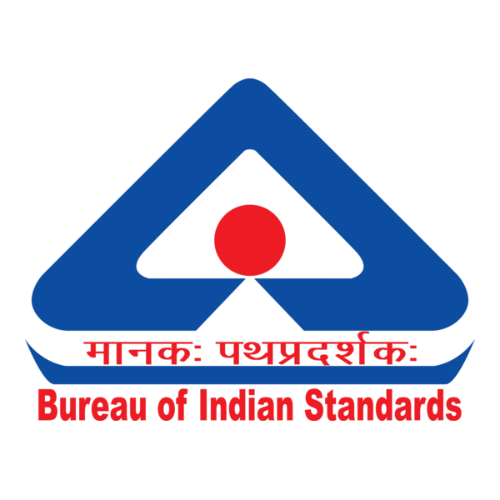 BIS Certification
BIS Certification
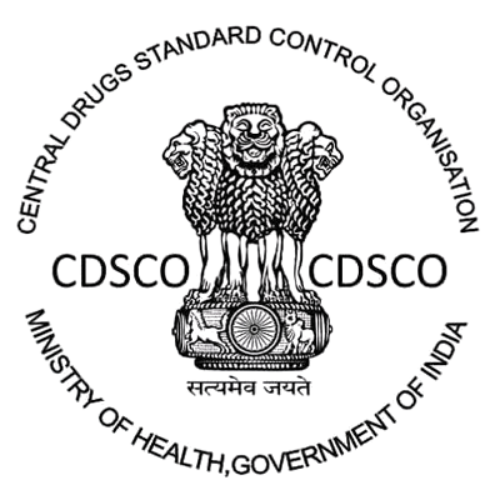 CDSCO
CDSCO
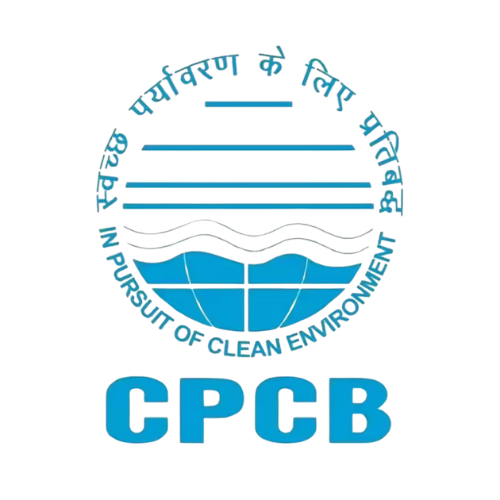 CPCB
CPCB
 LMPC
LMPC
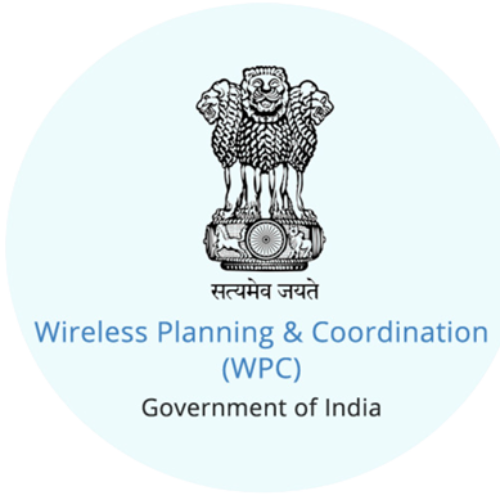 WPC Approval
WPC Approval
 Global Approvals
Global Approvals
 TEC
TEC
 ARAI
ARAI
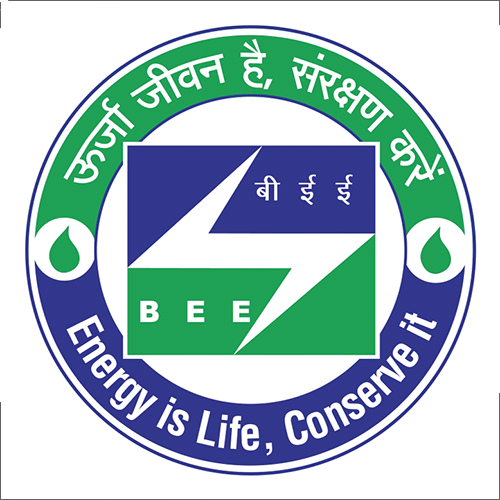 BEE
BEE
 ISO Certification
ISO Certification
 Drone Registration
Drone Registration
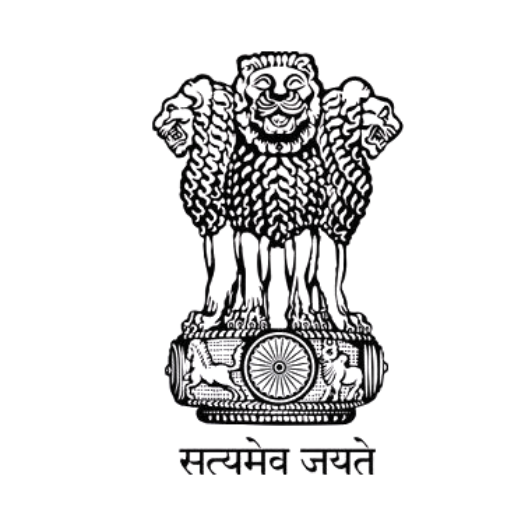 NOC For Steel
NOC For Steel




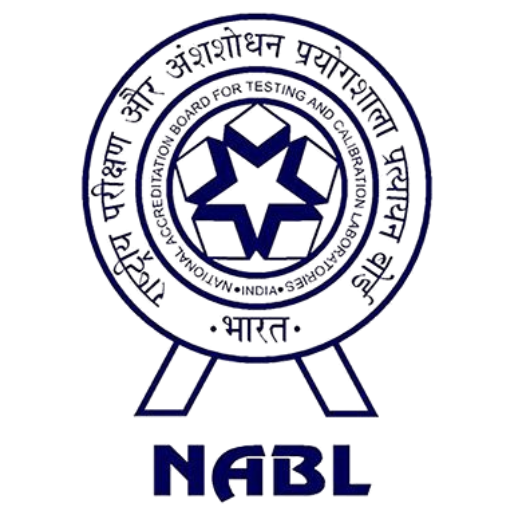
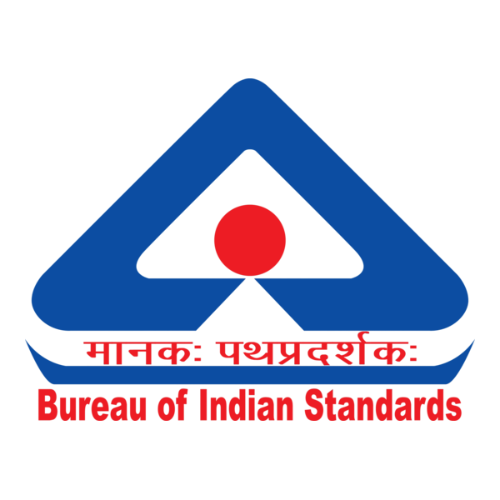

























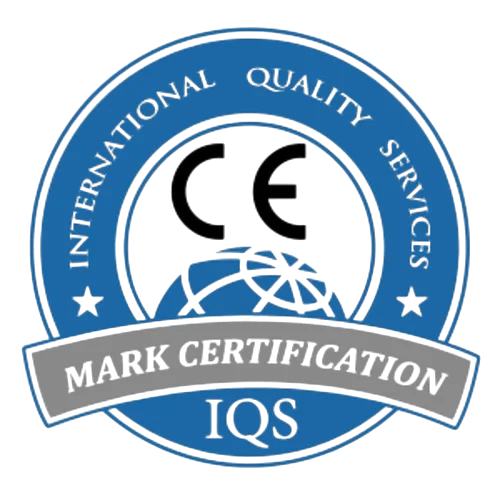






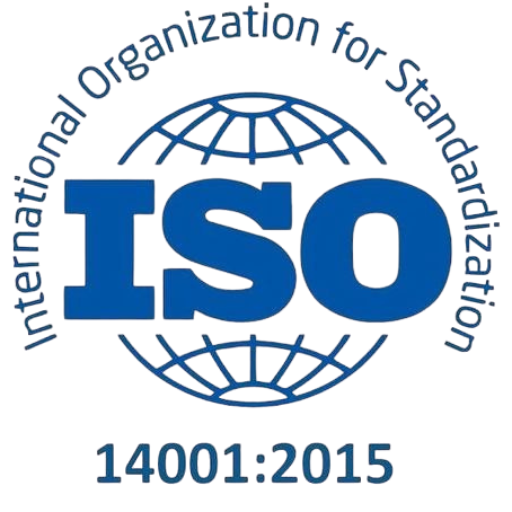
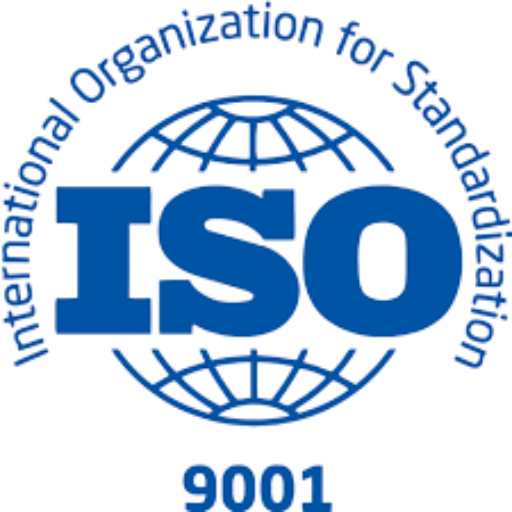
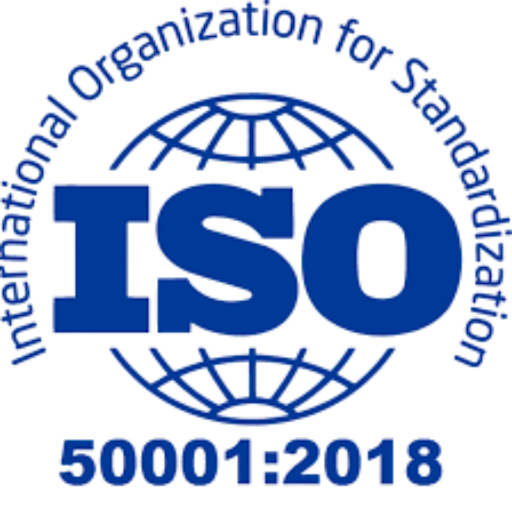

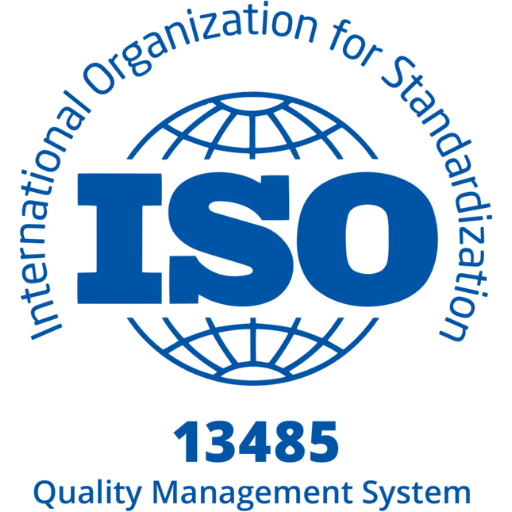
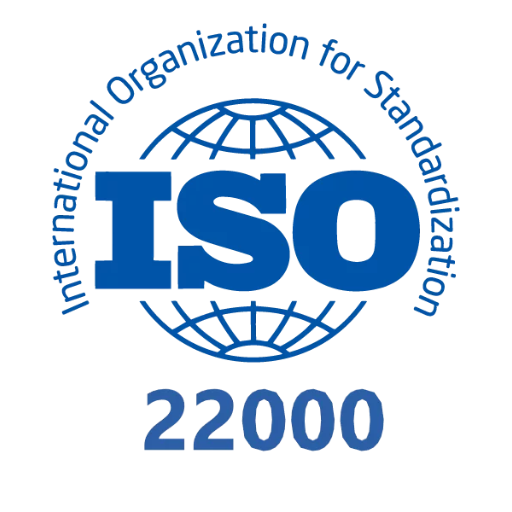
Some items must be certified before they get released mysteriously made for select goods like cables, switches, cement, gas cylinders, etc.
It ensures electronic products conform to Indian Standards (IS).Covers 70+ products including laptops, phones, adapters, TVs, and batteries.
Hallmarking Certification is mandatory in India for gold and silver jewellery.The BIS 916 Hallmark confirms 22K gold purity.Silver Hallmarking is compulsory for certain grades like BIS 925.
FMCS Mark Certification is a BIS-led approval process that enables foreign manufacturers to sell regulated products in the Indian market.
End-to-end certification and regulatory compliance for Indian and global markets.
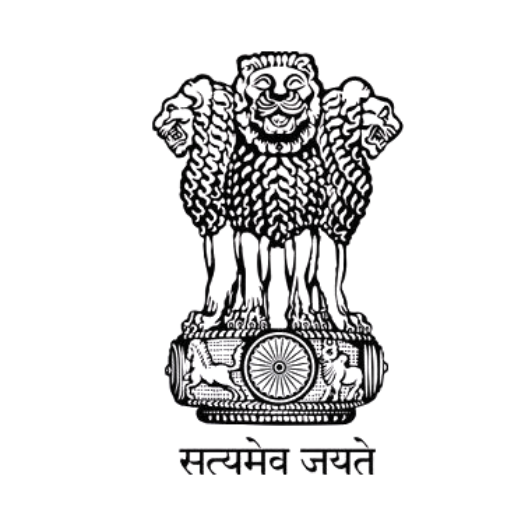 Business Registration
Business Registration

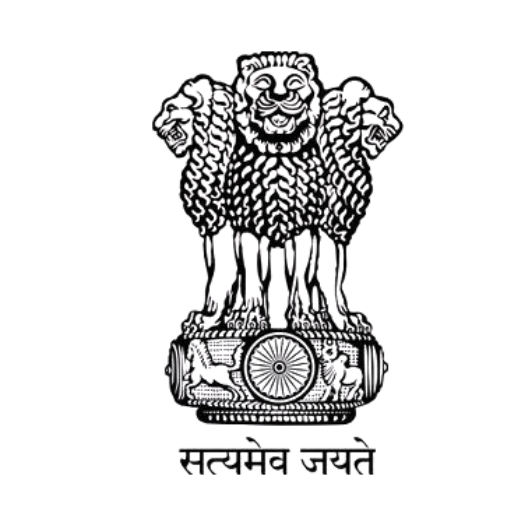
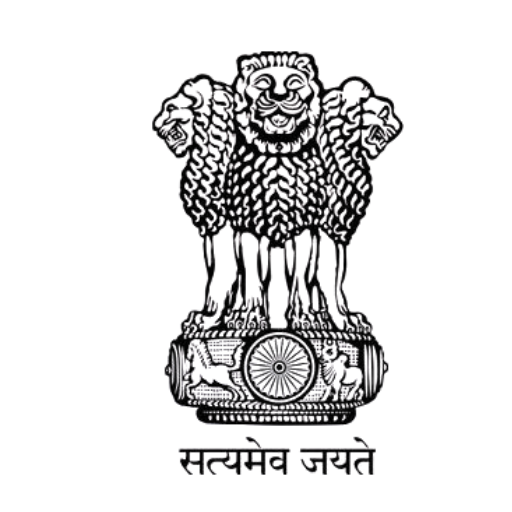
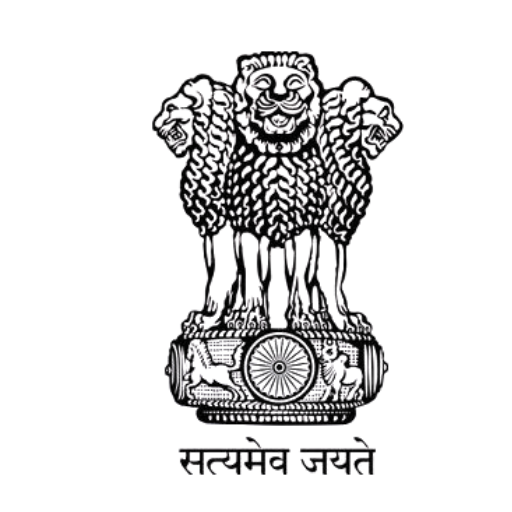



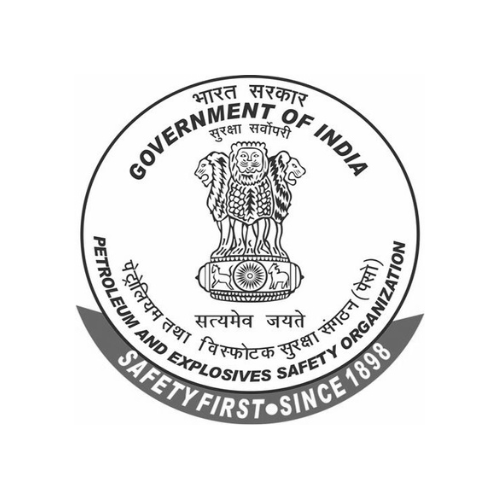

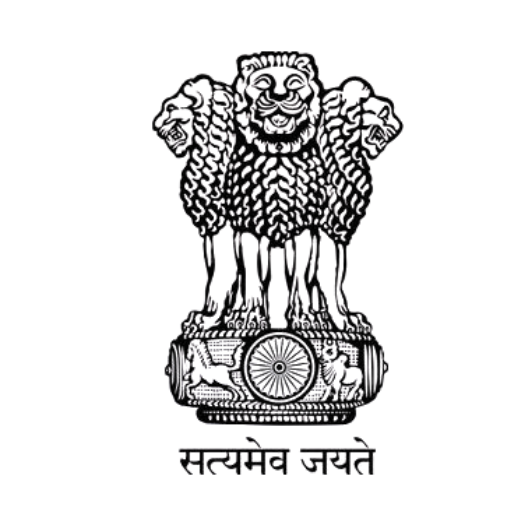
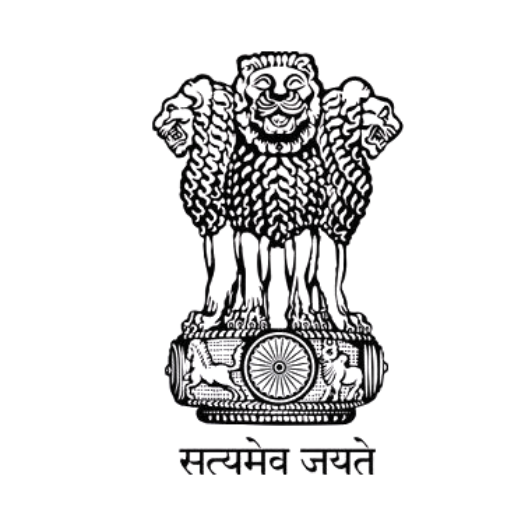
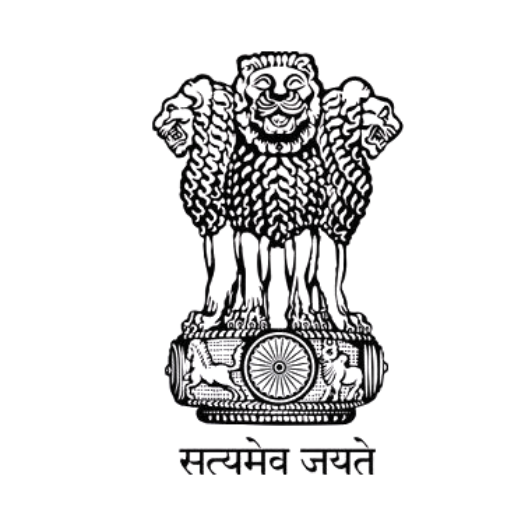


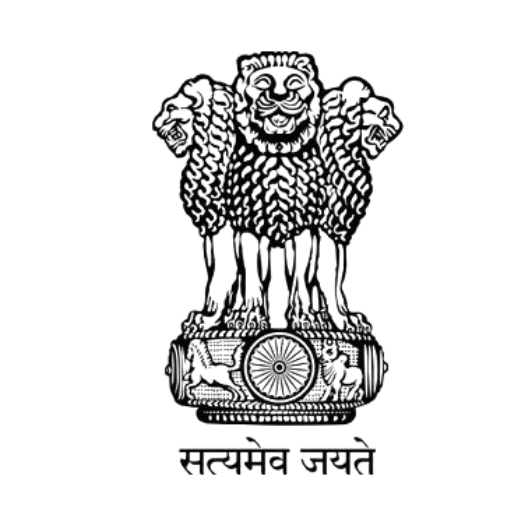
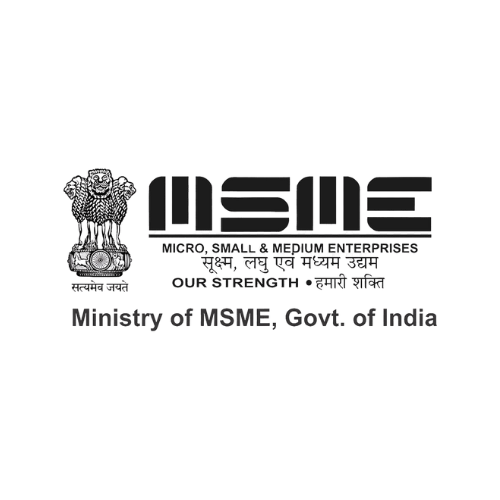

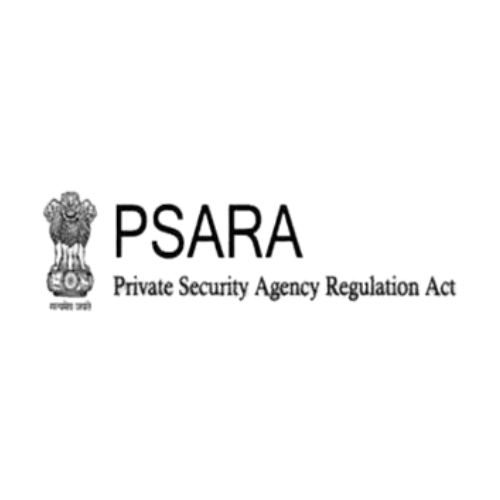
End-to-end certification and regulatory compliance for Indian and global markets.
 Legal Services
Legal Services




























Ramesh and Sunita, who reside in Pune, were married after a long courtship and with Hindu rites. Conflicts emerged after five years of marriage resulting from their mutual incompatibility. Such a time is tough and challenging for the couple, but the law claimed to assist. After an emotionally draining time, they consulted a lawyer to ascertain their rights under the Hindu Marriage Act, 1955. Their experience shows how the Act is relevant; it protects individual rights, clarifies the steps to proceed, and provides a framework for resolving disputes amongst Hindus who are married.
Since it came into force in 1955, the Hindu Marriage Act 1955 is one of the most crucial reforms of social and personal law in India that governs the marriage, divorce, and civil rights of Hindus in the country. The Act is revolutionary in that it transformed traditional marriage customs surrounding Hindu marriage into a legal statute that has legal protections and provides uniformity across the country. It can be useful for anyone interested in Hindu matrimonial law to assess the Hindu Marriage Act 1955 through the lens of modern India.
The Hindu Marriage Act, 1955 is a unified law enacted by the Indian Parliament to regulate Hindu marriages, divorce, and all associated matrimonial issues. It encompasses Hindus, Buddhists, Jains, and Sikhs under a uniform Act applicable to these religions. The Act represents a significant shift from various customary laws and practices by providing uniformity to Hindu matrimonial laws and practices across communities and regions of the country.
The main objectives of the Hindu Marriage Act, 1955 are:
Section 5 of the Hindu Marriage Act, (1955) sets out the essential requirements necessary for a Hindu marriage to be valid. All these provisions of the Hindu Marriage Act, (1955) provide credible assurance that the marriage will become a legally valid and socially acceptable marriage.
Essential Conditions Under Section 5:
These essential conditions set out in Section 5 of the Hindu Marriage Act, (1955) serve as the foundation of valid Hindu marriages in India.
Section 7 of Hindu Marriage Act 1955 deals with the formal features of Hindu marriage with regard to customary practices without purging them of their legal effect. Section 7 of the Hindu Marriage Act, 1955 recognizes that marriages may be solemnized according to the customary rites and ceremonies of the marriage parties.
Key features of Section 7
Subsection 13 of the Hindu Marriage Act of 1955 enumerates the specific grounds upon which either spouse can seek divorce. This section of the Hindu Marriage Act of 1955 outlines all the circumstances justifying a divorce.
Grounds for Divorce
Section 12 of the Hindu Marriage Act of 1955 contains the laws surrounding voidable marriages at the election of either party. A voidable marriage will remain valid until a court of competent jurisdiction chooses to invalidate it.
Grounds for Voidable Marriages:
The Hindu Marriage Act, 1955 mandates that Hindu marriages be registered in several states. Registration under the Hindu Marriage Act, 1955 acts as legal recognition of the marriage and helps streamline a number of legal and administrative actions.
Advantages:
The Hindu Marriage Act 1955 differentiates between judicial separation and divorce to offer couples different legal pathways contingent on their circumstances.
The Hindu Marriage Act, 1955, provides a range of rights and duties to the participants in the marriage which ensures equitable treatment and protection of their interests.
The Hindu Marriage Act of 1955 has been amended on multiple occasions to cater to contemporary social needs and judicial approaches. Recent updates in Hindu Marriage Act jurisprudence include:
Understanding and appreciation of the practical applications of Hindu Marriage Act 1955 enables one to navigate issues of matrimonial law. Indian courts are regularly involved in applying the provisions of the Hindu Marriage Act 1955 in matrimonial disputes.
The Hindu Marriage Act 1955 operates alongside other personal laws and statutes, establishing a coherent legal structure for Hindu families.
The Hindu Marriage Act of 1955 remains an essential component of marriage law in India, providing a much needed stabilization of traditional values with modern legal issues. The many provisions of the Act that define the conditions of marriage, ceremonies of marriage, and grounds for divorce and rights of spouses during and post marriage position the Hindu Marriage Act of 1955 as an important legal regulation for Hindu families.
The Hindu Marriage Act of 1955 enables individuals to comprehend marriage, divorce and related matters and equips one to make informed choices, whilst safeguarding one’s own rights and interests. The provisions of the Hindu Marriage Act of 1955, whether it be a marriage registration, divorce action, or matrimonial matter, offer some resolutions and explanations. As society transforms, so will this important legal landmark through the mechanisms of judicial interpretation and legislative amendments, and it remains relevant to the constantly evolving reality of contemporary Indian legal life.
Diligence Certifications is more than just a filing service—we are your legal diligence partner.






















It codifies Hindu marriages, divorce, and related rights for enabling their legal recognition under one code and ensuring uniformity.
There are requirements for monogamy, age, mental capacity, and lack of prohibited relationship.
It gives legal recognition to marriages solemnized according to the customary rites of Hindus, which include the Saptapadi.
A deserted spouse is allowed by the court to issue a summons to the other to resume voluntary marital cohabitation.
Adultery, cruelty, desertion, conversion, mental disorder, venereal disease, and renunciation.
Yes, annulments are possible if the marriage has been entered into before the age of 18 for the bride and the age of 21 for the groom under Section 12.
No, it applies only to Hindus, Buddhists, Jains, and Sikhs.
The courts would exhort him to comply voluntarily while he cannot be physically forced to cohabit.

